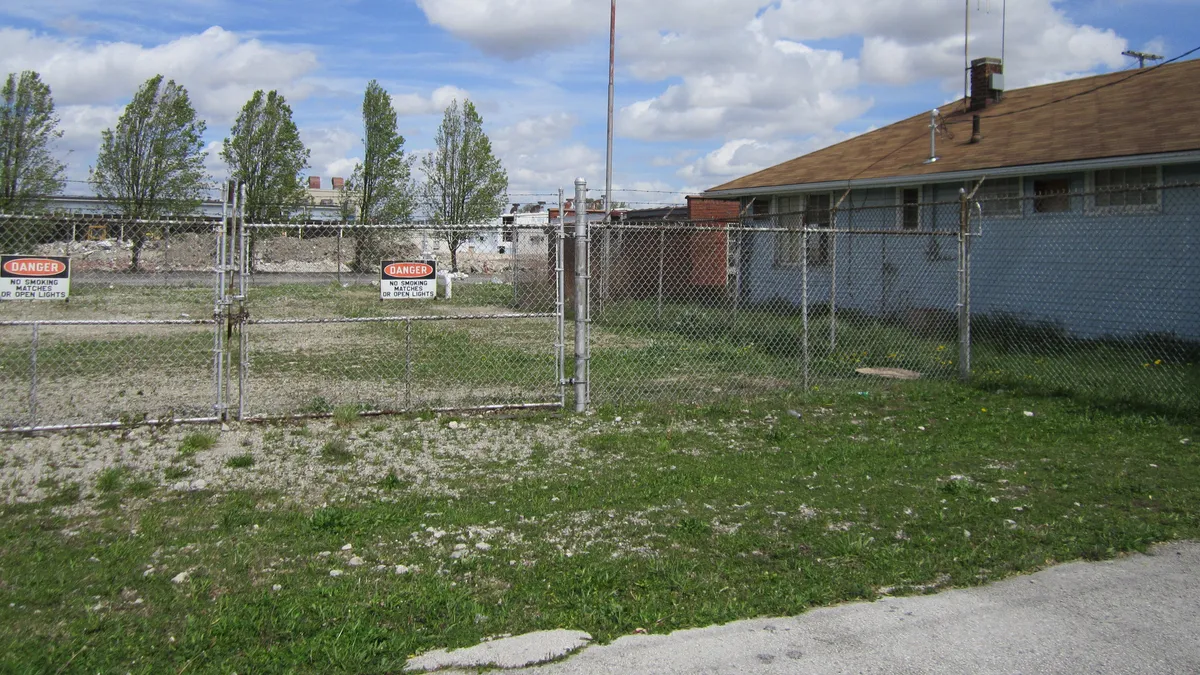Dive Brief:
- The U.S. Environmental Protection Agency has given a total of $54.3 million in grants to communities for brownfields cleanup.
- The 144 communities that received grants can use the money to cover brownfield assessment, cleanup and redevelopment.
- The EPA's brownfields assistance program and the associated funding focuses on disadvantaged communities, namely transforming those with significant blight.
Dive Insight:
The term brownfield generally describes any previously developed land no longer in use. It can cover commercial and industrial properties, as well as those that have had other forms of infrastructure but no buildings, such as abandoned railroads or energy distribution lines. They usually remain unused due to pollution or contamination by hazardous substances.
Uncontaminated properties are far easier to redevelop, but contaminated sites often sit vacant for years or decades because of the difficulty with readying them for future use. Hazardous material contamination is more complex and far more costly an endeavor to take on than traditional residential blight.
The EPA's $54.3 million in brownfields cleanup grants hold the primary goal of cleaning up such sites to improve a community's environment and neighboring residents' health. For example, some funds will go toward cleaning up a former industrial site in Massachusetts contaminated with petroleum and various chemicals. A city in Connecticut received a grant to clean up the PCBs, petroleum and other contaminants from a former hospital site. Newark and Camden, NJ will receive grants for cleaning up former industrial sites, a gas station and a meat processing plant.
Although some of the grants are awarded to more substantially populated cities such as Indianapolis, Houston, Newark, NJ and Providence, RI and Savannah, GA, the EPA attempts to funnel more funding toward rural areas. Those areas often have more industrial developments than large cities, but fewer private investors interested in redeveloping — and cleaning up — existing properties.
The secondary aim of the EPA's greenfields grants is designed to spur neighborhood revitalization, economic development and job creation at former brownfield sites. The former industrial site in Massachusetts, for example, is slated to be turned into a park. One of the Camden sites is expected to be turned into a new industrial park.
Brownfields aren't just an environmental problem or eyesore because they're undeveloped; they can also present dangers for a surrounding community. Residents report spotting questionable or even criminal behavior at some brownfields, such as gang activity. Eliminating undesirable elements and making contaminated property suitable for redeveloping can spur economic development not only on that site, but also throughout the neighborhood.












